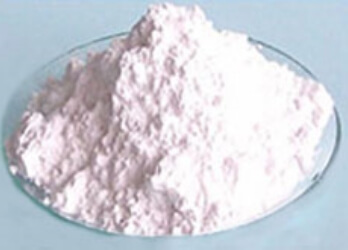Powder metallurgy is a process technology for producing metal powder or using metal powder (or a mixture of metal powder and non-metal powder) as raw material, forming and sintering to manufacture metal materials, composite materials and various types of products. The powder metallurgy method has similarities with the production of ceramics, and both belong to the powder sintering technology. Therefore, a series of new powder metallurgy technologies can also be used for the preparation of ceramic materials. Due to the advantages of powder metallurgy technology, it has become the key to solve the problems of new materials and plays a pivotal role in the development of new materials.
Powder metallurgy includes powder making and products. Among them, milling is mainly a metallurgical process, which is consistent with the literal meaning. However, powder metallurgy products often go far beyond the scope of materials and metallurgy, and are often interdisciplinary (materials and metallurgy, machinery and mechanics, etc.) technologies. In particular, modern metal powder 3D printing integrates mechanical engineering, CAD, reverse engineering technology, layered manufacturing technology, numerical control technology, material science, and laser technology, making powder metallurgy product technology a modern comprehensive technology across more disciplines.





Ball milling
1. The phenomenon of cold welding on the ball milling tank Grinding aid: Adding grinding aid (process control agent) can avoid it to a certain extent; Long ball milling time will definitely lead to cold welding; powder composition: soft materials such as magnesium are more prone to cold welding than titanium;
2. The choice of ball milling agent mainly involves the selection of ball milling agent for active metals (such as magnesium), and the liquid ball milling agent for active metals must choose a non-polar solution (such as n-hexane);
3. To clean the ball milling tank, add a certain amount of quartz sand to the ball milling tank, then put in a certain amount of water, put in the balls, mill at 170~200 rpm for 1 hour, and then clean it with water.
Compression molding
1. The choice of mold For pressing high-hardness metals, molds with higher hardness should be used. For example, for pressing cobalt-chromium-iron high-entropy alloy powder, tungsten steel molds are required, and 304 stainless steel cannot be smoothly formed;
2. The use of the mold is very easy to cause “powder sticking” during the compression molding process. In this case, according to the different treatment conditions of the mold, the mold cannot be hammered with gravity, and the mold can be cleaned with ethanol, lubricating oil, etc., and the sample press can be used Take out the mold;
3. Defects in the pressing process Defects may occur due to mold problems (not clean, broken, etc.); powder problems (easy to oxidize powders are placed for a long time, powders are too small, powders are too dry, etc.). Solution: Forming agents and lubricants such as stearic acid can be produced.